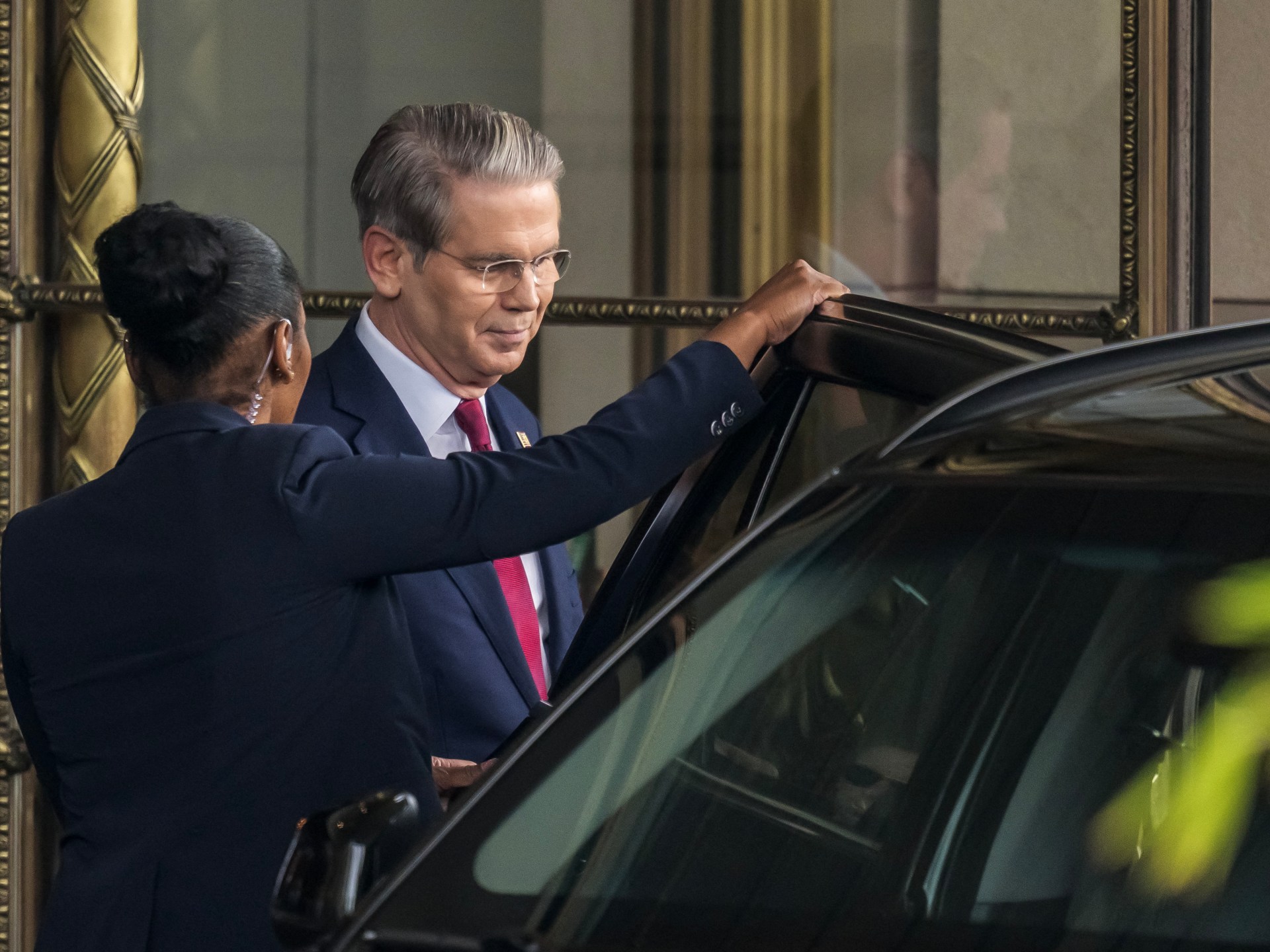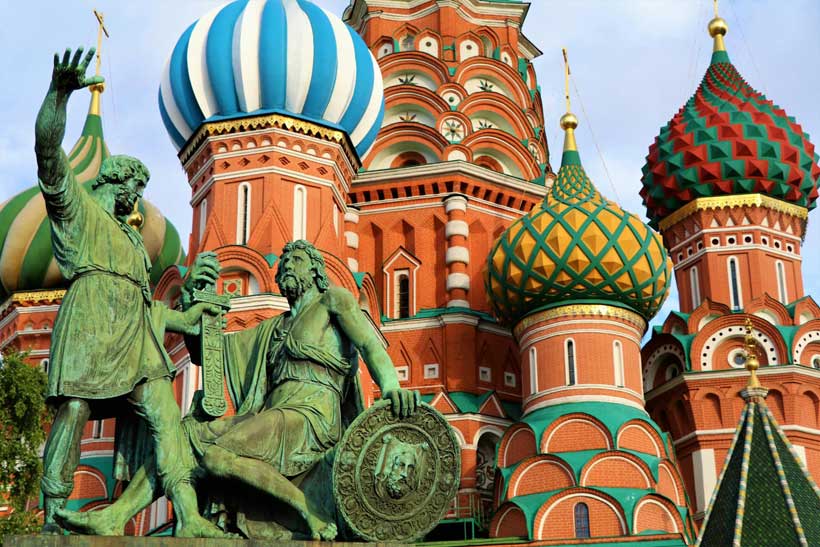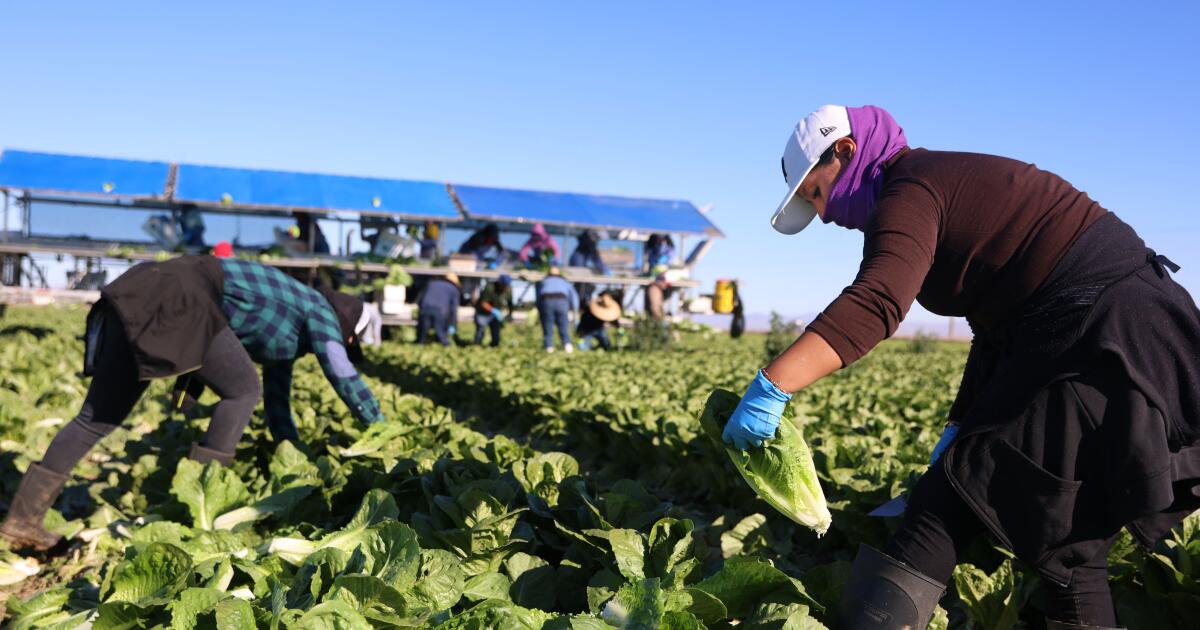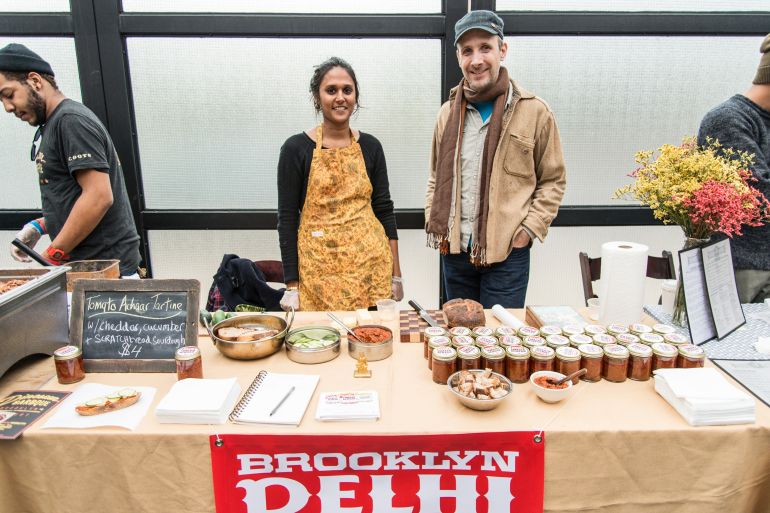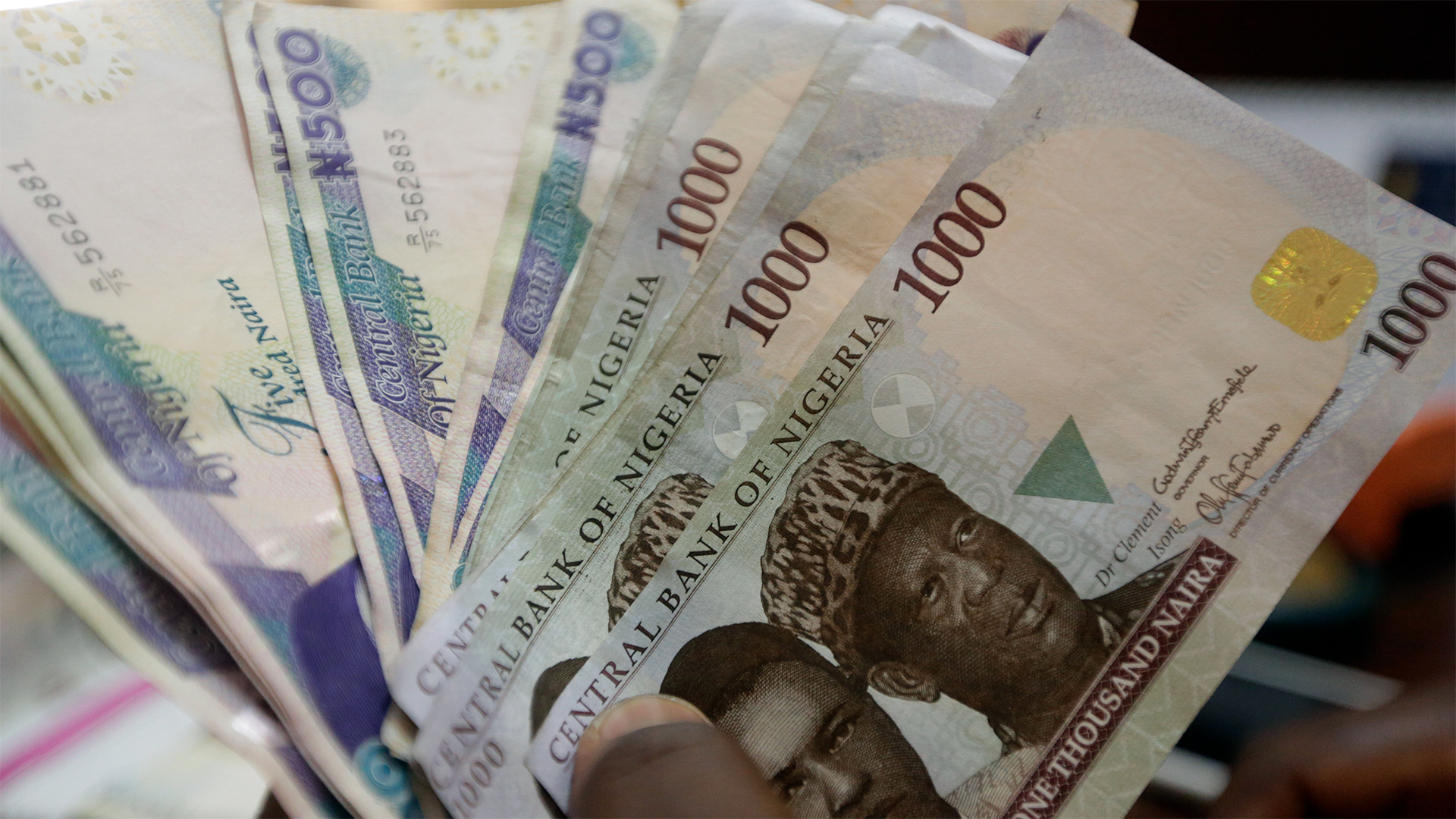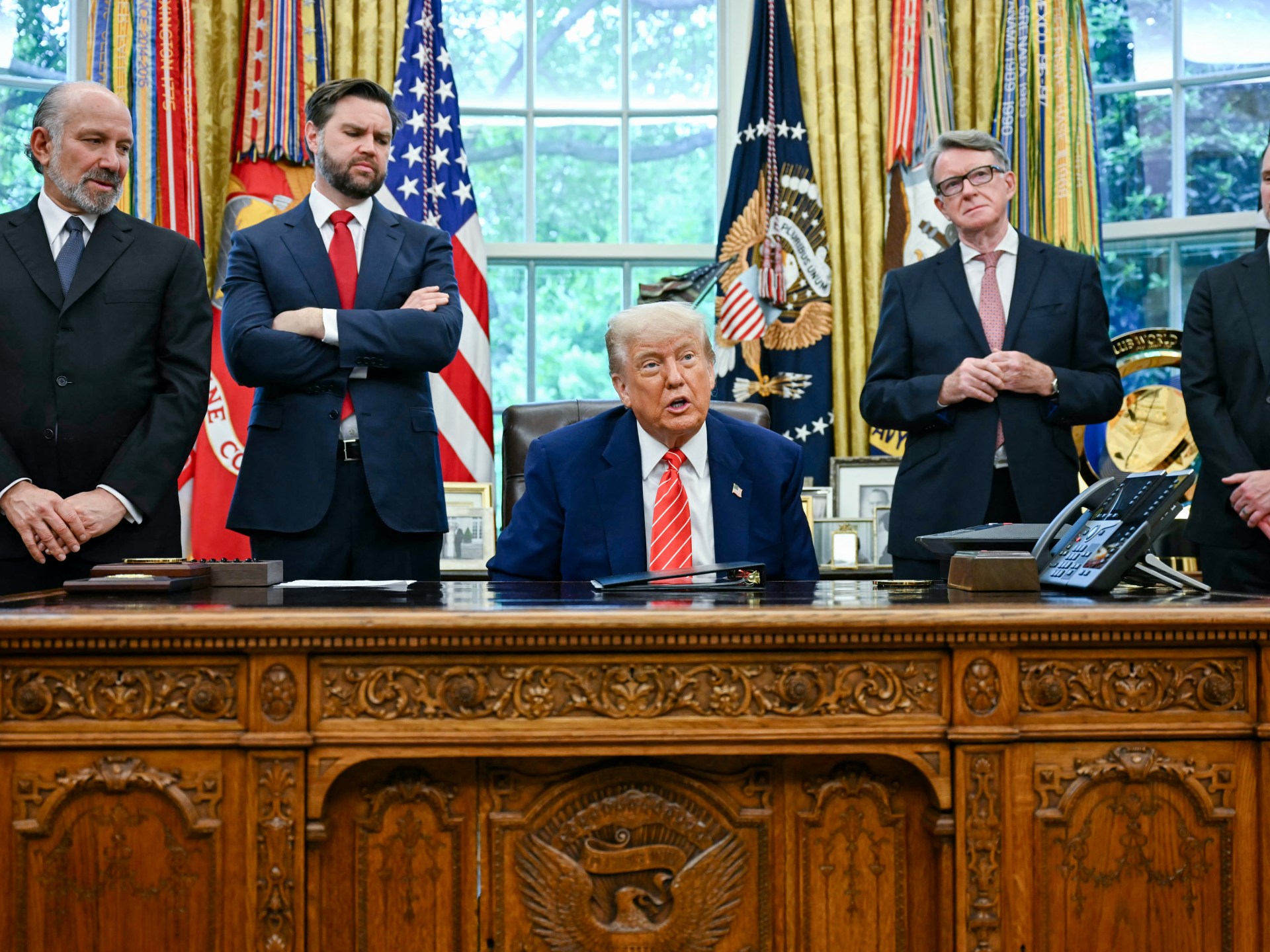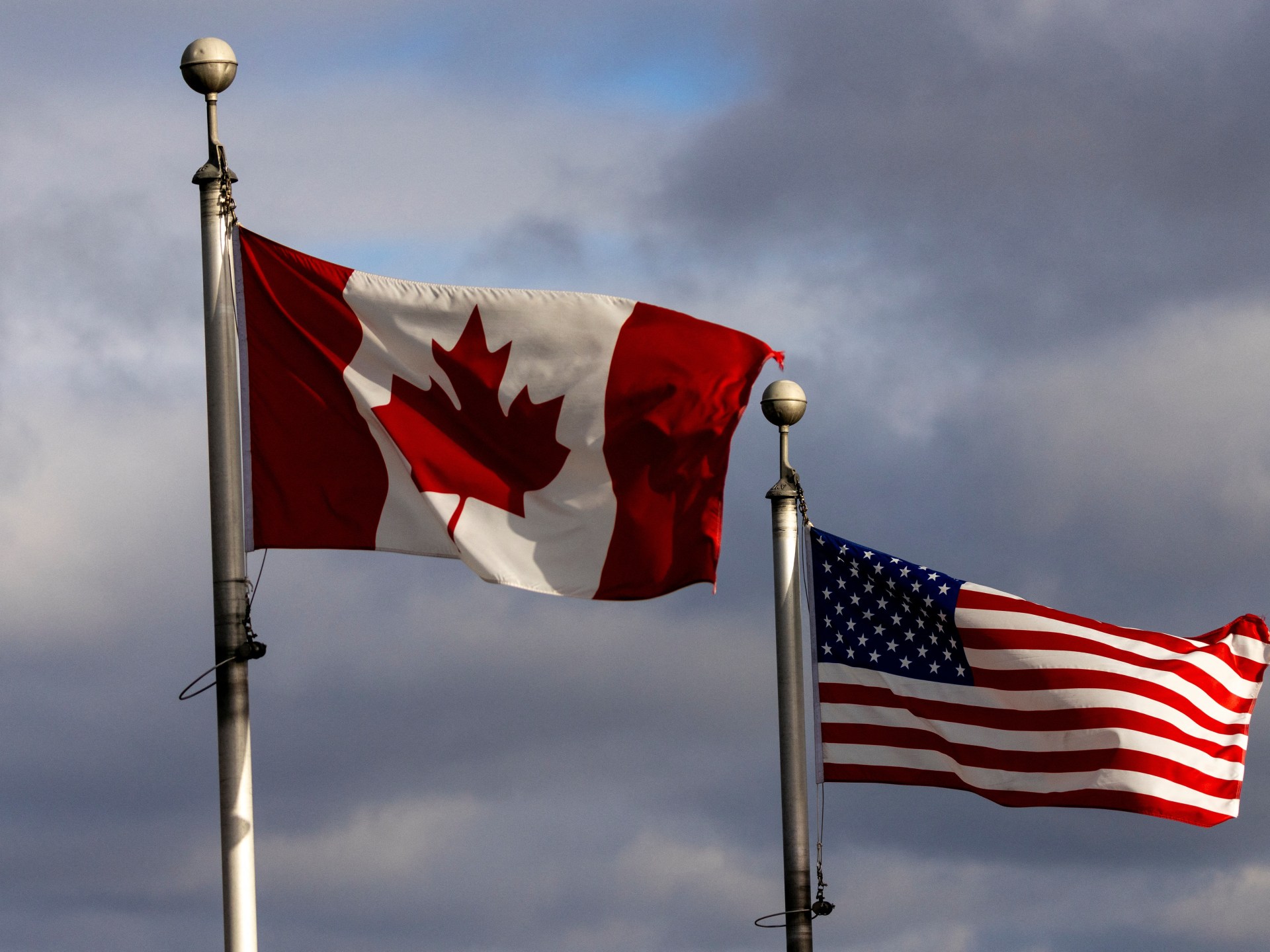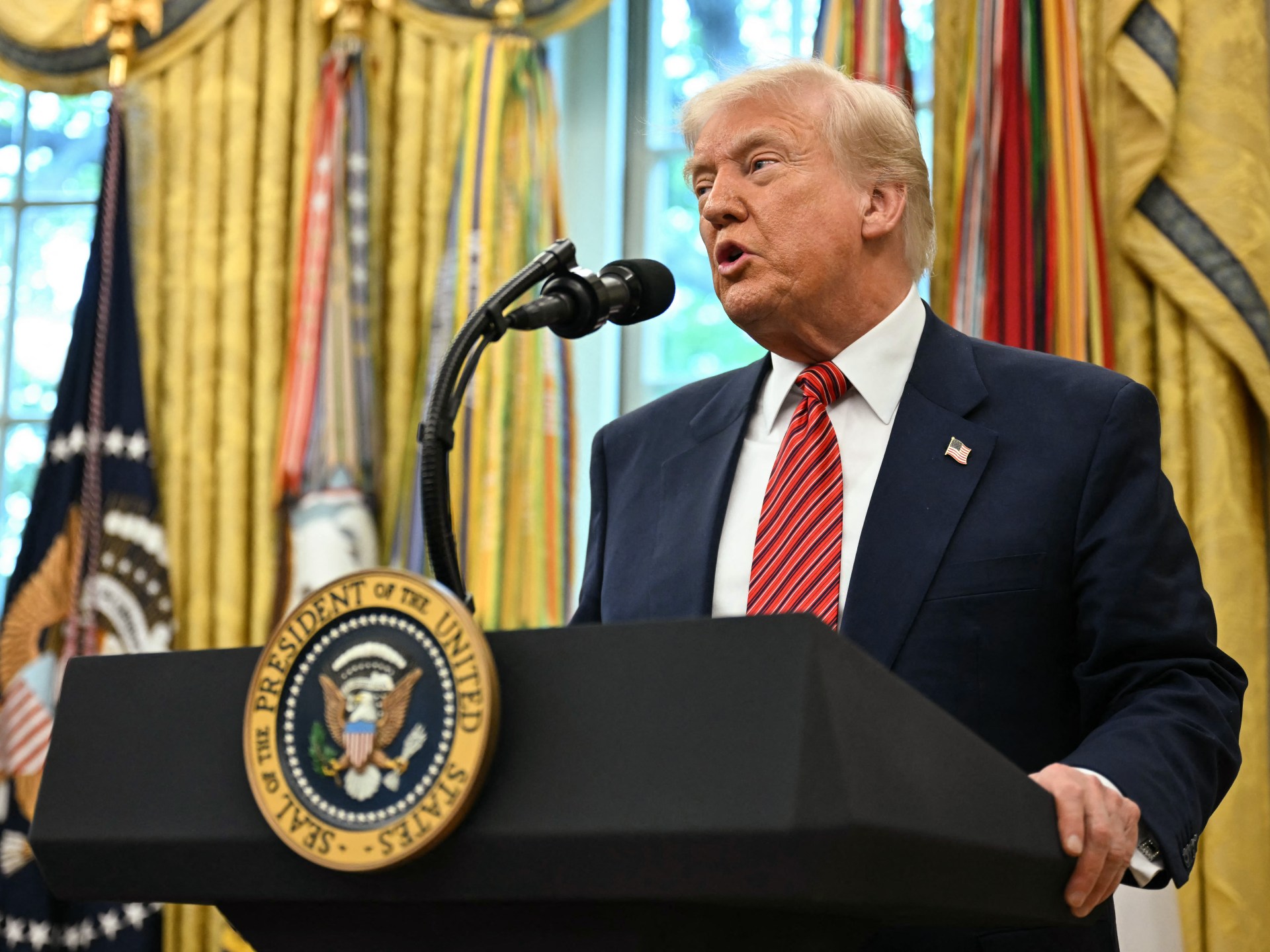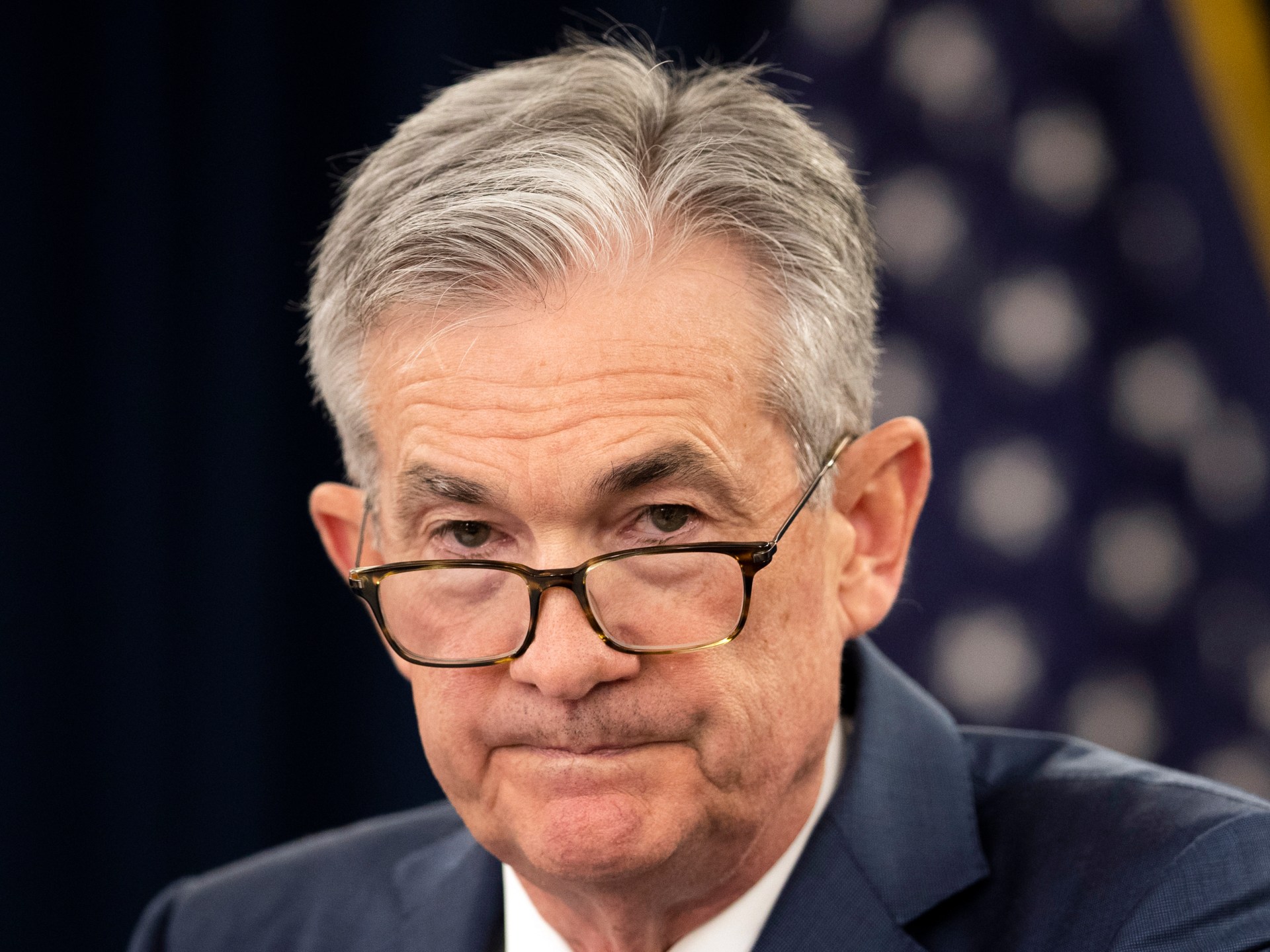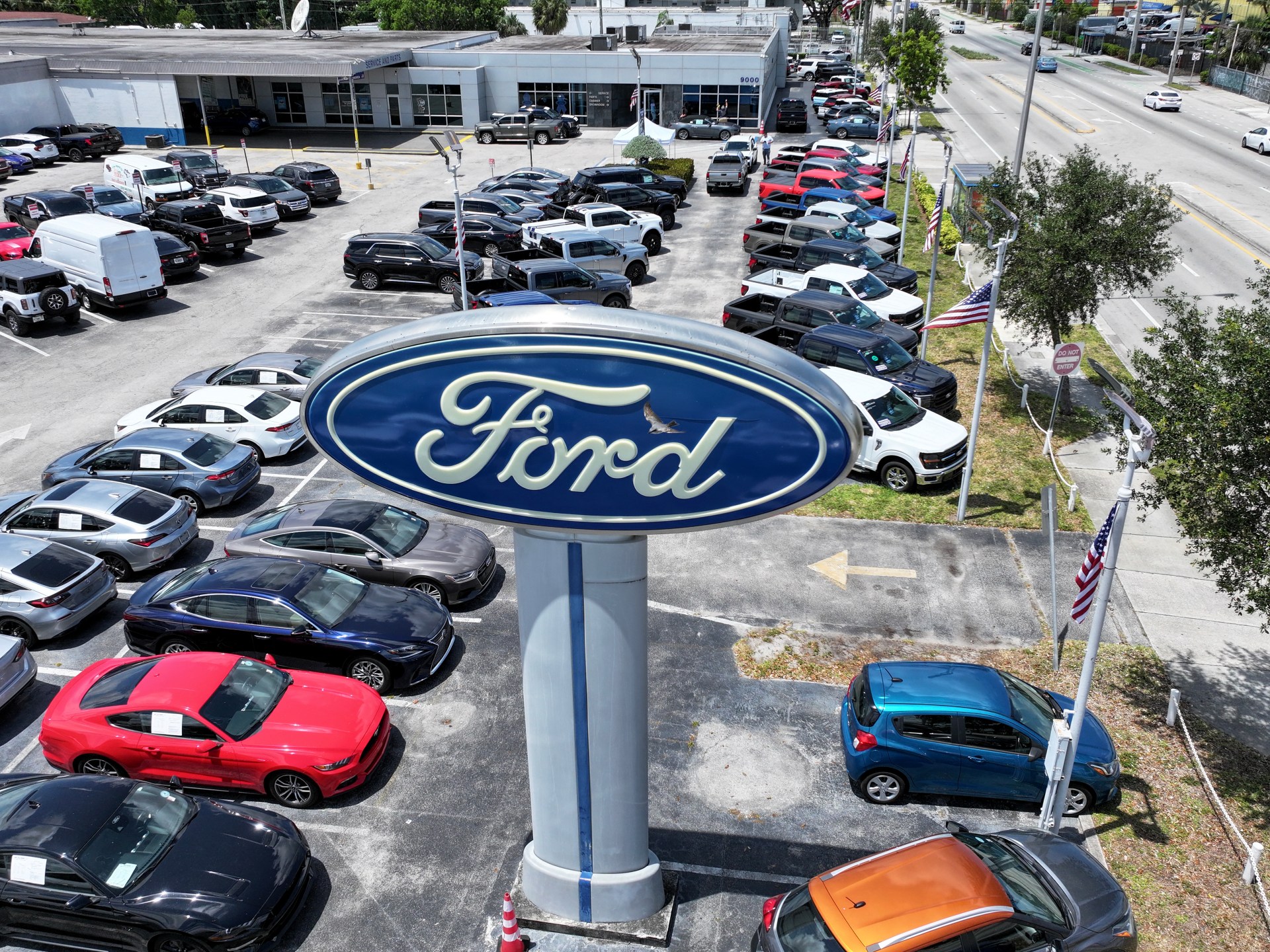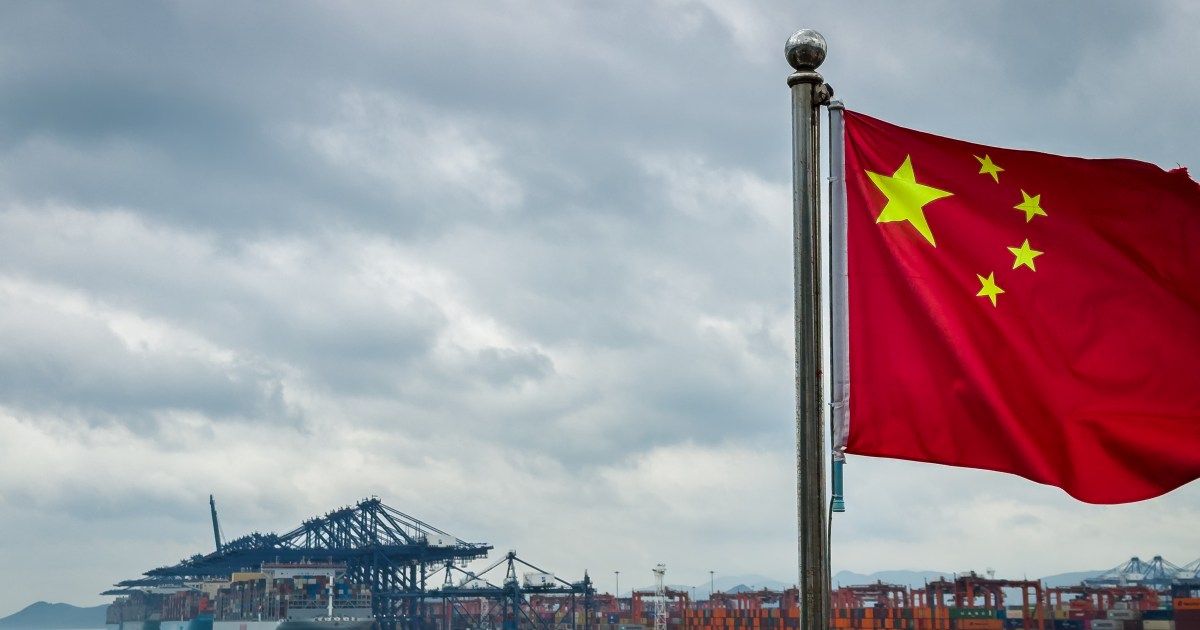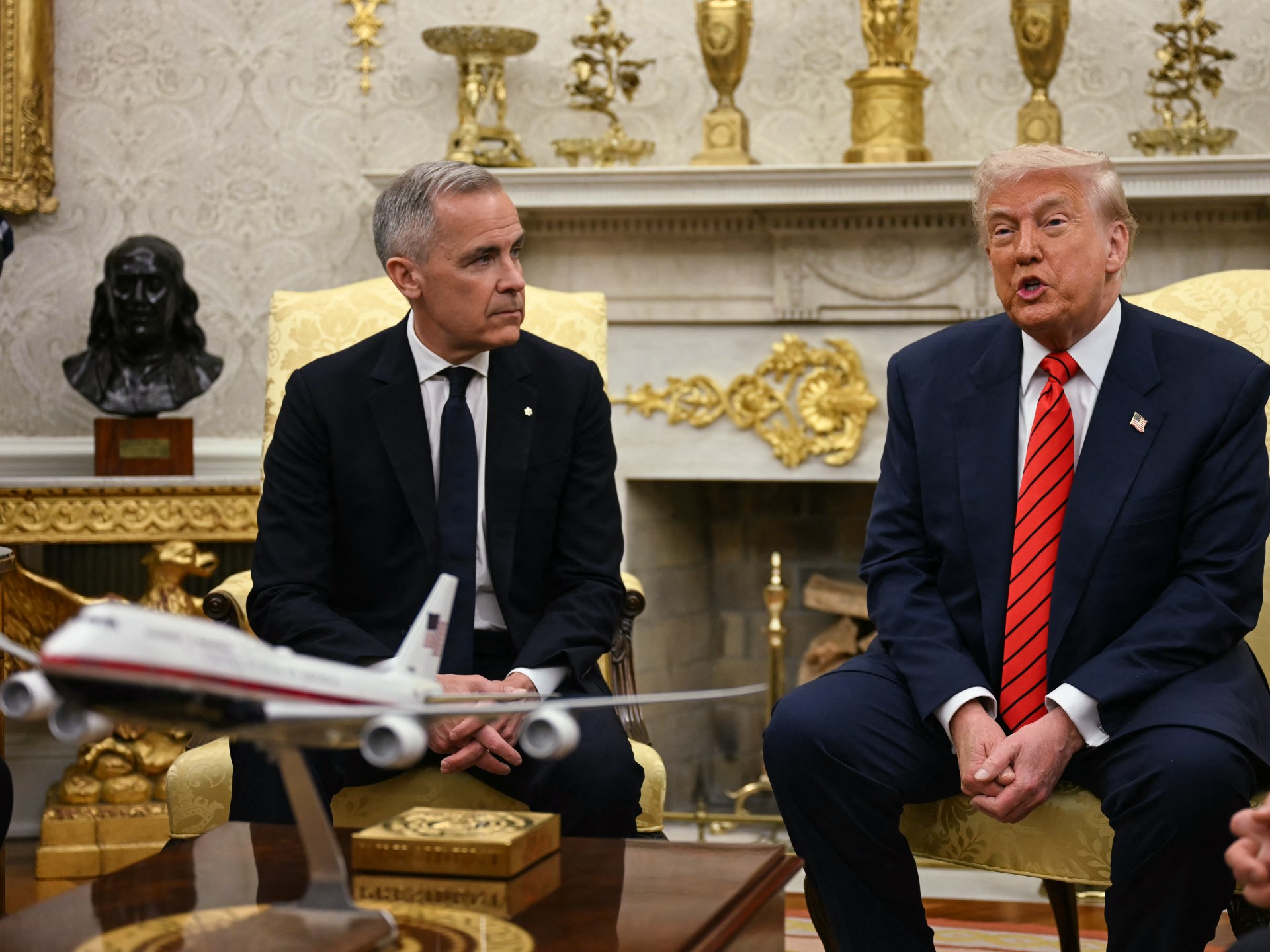At first glance, after three years of the war and economic sanctions, Russia’s economy appears remarkably stable. Output is rising, unemployment is at a record low, and the Kremlin insists the country is thriving despite unprecedented Western sanctions. Russian Prime Minister Mishustin boasts of surging industrial growth and strong state finances. President Putin recently claimed that Russia has already overtaken Japan and Germany in terms of economy. But behind this facade lies a brittle system—one that depends on unsustainable trade-offs, devalues its labor force, and ultimately shifts the burden of war onto ordinary citizens.
What the official figures don’t show is a country running two separate economies under one flag: one that supports state interests, particularly the war in Ukraine, and another that forces the public to absorb the costs. The result is what some analysts describe as a form of “Potemkin prosperity”—a” structure that looks solid from afar but cracks under closer inspection.
While GDP growth and low unemployment are often cited as signs of resilience, these indicators lose meaning in the context of Russia’s deeply imbalanced political economy.
Russia does not operate as a capitalist democracy with independent markets and institutions but as a neo-feudal system—a vertical structure where power, not property rights, governs economic life. In this model, oligarchs function like medieval vassals: their wealth is conditional on personal loyalty to the sovereign. They do not truly own their assets in a legal or institutional sense; instead, they are allowed to “hold” factories, media empires, or natural resources in exchange for political compliance. Their fiefdoms can be expanded, shrunk, or confiscated entirely depending on the will of the Kremlin.
This explains why targeted sanctions on billionaires often appear ineffective: these individuals were never autonomous power centers to begin with. They are extensions of the regime, not counterweights to it. This neo-feudal arrangement forms the political foundation for Russia’s distinctive economic structure.
Two Economies in One Country
Within this neo-feudal framework, Russia’s modern economic design is deceptively simple but strategically cunning. It rests on three pillars: government funding for the industrial oligarchy, debt-financed consumption for ordinary citizens, and export revenues in hard currency to finance both.
The state bankrolls production in priority sectors, including defense, metallurgy, and heavy industry, providing contracts and subsidies to a small circle of these vassal conglomerates. Meanwhile, ordinary Russians finance their personal consumption largely through debt, buying everything from washing machines to imported food with loans. This structure depends critically on a steady flow of foreign exchange, primarily dollars, euros, and yuan, generated by the export of oil, gas, and commodities.
As long as the state earns enough hard currency, it can pay for industrial imports and subsidize essential goods. But when those revenues fall, such as during sanctions or price caps, the system shifts pressure onto citizens—much as medieval peasants absorbed the cost of warfare through higher taxes and conscription. The government cuts spending on consumption, devalues the ruble, and lets inflation erode household savings. In essence, the public becomes the shock absorber.
This arrangement is not accidental. After years of experimenting with centrally planned prices and consumer subsidies during the Soviet era, Russian leaders learned that trying to control everything invites blame when things go wrong. The modern system is designed to keep political liability low while maximizing resource extraction from both natural wealth and human labor.
Wartime Growth Without Welfare
The war in Ukraine has added fuel to Russia’s state-centered growth model. Military spending has surged. The government orders tanks, missiles, and uniforms in bulk, pouring rubles into defense enterprises. In turn, output rises. According to Prime Minister Mishustin, GDP in 2024 was 4.1%. Manufacturing, especially electronics, optics, and metallurgy, grew at unprecedented rates. By official measures, Russia is not just surviving sanctions—it’s outpacing many European economies.
But this is growth without welfare. Most of the new production serves military needs, not consumer demand. Civilian goods are not increasing in availability or affordability. As the Central Bank of Russia pointed out, the economy’s growth has “nothing to do with consumption.” Instead, state orders for war material have pushed total output beyond sustainable capacity, creating bottlenecks and stoking inflation.
History offers a chilling parallel. In 1944, as the Allies bombed Germany into rubble, the Nazi regime recorded its highest-ever GDP. Why? Because war production soared—even as the country was collapsing. The same was true in the USSR during WWII. In both cases, GDP was inflated by weapons output that did nothing to improve civilian life.
Russia today may be repeating this pattern: a nation where GDP grows while hospitals languish, shelves thin out, and prices climb. As one analyst put it, “Measuring the achievements of a country waging war by its GDP is like measuring the well-being of a heroin addict by how much he spends on drugs.”
The Built-In Devaluation of Labor
Perhaps the most painful price of Russia’s war economy is paid not in rubles but in purchasing power. In 2023, the ruble fell to become one of the world’s most volatile currencies. Against the dollar, it lost over 50% in value year-on-year. Imports soared in cost, and everyday goods became less affordable for most Russians.
But for the country’s financial elites, the ruble collapse was a windfall. Banks earned hundreds of billions of rubles in profits from the currency’s devaluation. In just six months, they pocketed more than half a trillion rubles from foreign exchange gains.
Why is this tolerated—or even welcomed—by the authorities? Because inflation and devaluation serve a hidden function: they reduce real wages without politically explosive reforms. Each time Russians begin to earn more in nominal terms, a crisis—often involving currency depreciation—wipes out those gains.
In Russia, inflation isn’t an accident. It’s a mechanism. Every time the cost of labor rises in Russia, the government finds a way to reduce it—or even erase it altogether.
Ordinary Russians understand this intuitively. Many take out loans and buy durable goods when times are relatively good, assuming that another devaluation will soon follow. In a tragic twist, this borrowing spree can itself fuel inflation, reinforcing the very cycle that destroys real wages.
An Economy Bleeding Talent
While unemployment in Russia has hit record lows—2.4% in January 2025—this statistic is deeply misleading. The war effort has drained the civilian workforce, pulling hundreds of thousands of men into the army and driving many professionals to emigrate. Construction companies, factories, and service providers report severe labor shortages. Employers are raising wages to attract workers, but productivity has not kept pace.
This wage inflation is not a sign of economic health; it’s a sign of distortion. The state’s defense sector offers high pay and job security, siphoning talent from the private economy. And when bonuses aren’t enough, the state resorts to mobilization. But even military industries could soon feel the pinch, with high military losses demanding more people, leaving fewer to produce goods.
The Oligarchs Get Richer
For Russia’s billionaire class, war has brought not ruin but renewal. According to Forbes, the number of Russian billionaires increased from 110 to 125 people over the year. – the biggest surge in over a decade. Amazingly, those under Western sanctions fared better than those who weren’t. Of sanctioned oligarchs, 40% grew their fortunes during wartime, while most of the unsanctioned saw their wealth decline.
This explosion of elite wealth is no accident. It is tied to state contracts, import substitution, and the takeover of Western corporate assets. In a system where economic opportunity is granted through loyalty, sanctions have ironically concentrated wealth even more tightly around the Kremlin.
What many in the West fail to grasp is this: all Russian oligarchs should be sanctioned—not because they are independent economic actors, but precisely because they are not. In Russia’s neo-feudal system, their wealth is not the result of market competition but of loyalty. Every untargeted oligarch remains a potential conduit of regime financing and strategic influence. Sanctioning only a subset creates exploitable gaps.
Echoes of the Past, Warnings for the Future
Much of the Putin regime’s economic policy is shaped by fear of repeating the late-Soviet collapse and the chaos of the 1990s. Its obsession with budget discipline and low debt stems from memories of hyperinflation, defaults, and the loss of control. But in trying to avoid past mistakes, the Kremlin may be making new ones.
Despite decades of rhetoric about modernization and diversification, Russia remains deeply dependent on oil and gas exports. The Russian Academy of Sciences warns that the country still lacks the technological base and industrial complexity to become a true economic center in any “multipolar world.”
Exports of manufactured goods are falling. Integration with non-Western economies has stalled. Domestic production has contracted in sectors requiring imported components. Rather than building resilience, the regime has built a brittle system optimized for control, not innovation.
The risk is that when energy revenues decline, either due to global decarbonization or market shifts, Russia will have no backup plan. The oligarchs may survive. The people may not.
A Fragile Balance
Russia’s wartime economy has not collapsed, but it is rotting from the inside. The state has enough money, soldiers, and slogans to maintain the illusion of progress. But this stability is built on structural distortions: inflation that masks real income loss, production that ignores consumer needs, and an elite that profits while the rest shoulder the cost.
Sanctions may not trigger instant street protests or elite defections, but they are quietly degrading the foundations of the regime: corrupt redistribution networks, regional stability, technological sovereignty, and even elite cohesion. From failing regional budgets to a desperate central bank keeping the key rate at 21% in a last-ditch effort to curb inflation, the country’s economic vitality is an illusion maintained by repression, propaganda, and an archaic power structure.
As Russian historian Vasily Klyuchevsky once observed, “Why should I know what is to be done when I have the power to command that it be done?” It’s a mindset that still defines Russia’s ruling class—confusing control with competence. But no amount of command can indefinitely hold together a system that eats away at its own future.
As with all brittle systems built on loyalty and fear, the greatest risks come not from below, but from within. If pressure continues—especially targeted at the regime’s internal coalition—the facade of “stability” may give way, not with revolution, but with betrayal at the center.
